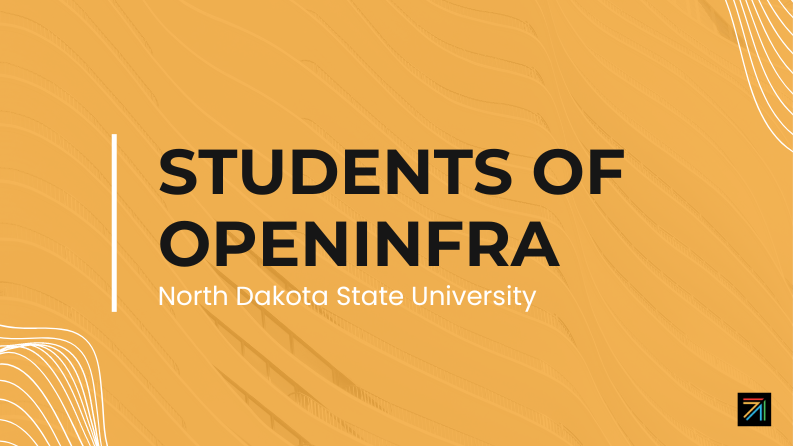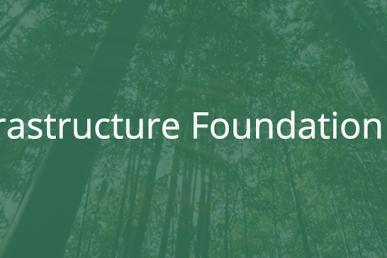Embarking on an internship that involves utilizing OpenStack exposes interns to a vibrant open source community that offers transformative experiences. Each spring, associate member, North Dakota State University, provides students with the opportunity to do just that.
This year, Christopher Parks, Reynaldo Bontje and Samuel Loegering were among the fortunate few who had the chance to work with OpenStack. In a recent interview with one of the students, Reynaldo shared insights into how they became acquainted with OpenStack, what surprised them the most, the challenges they encountered and the advice they’d offer to future interns.
What is a challenge you faced, and how did you overcome it?
OpenStack was a complex project to wrap my head around. There was a lot to learn about infrastructure and the different options/features that Manila supported. In theory, we didn’t need to have a full understanding of Manila or OpenStack in order to implement the API into the SDK, but there were a lot of edge cases where an understanding of OpenStack and infrastructure was required in order to understand some of the problems we were running into.
Although OpenStack was difficult to understand for me, I also had a lot of fun experimenting with OpenStack. I experimented with setting up OpenStack from scratch, I experimented with configuring the DevStacks that I set up, and experimented with using the SDK features that we were writing on the DevStacks that I set up. I think jumping into it with some curiosity helped me understand a lot of what I was confused about and made the project interesting.
What piece of advice would you give future interns?
Ask a lot of questions, experiment a lot and think about the project in terms of who will be using the project and why they might like some features you’re implementing. This really helps develop some perspective about some of the implementation details that can be harder to understand.
What feedback do you have for the project community that would help future students as they contribute to OpenStack?
Maybe an “OpenStack for Dummies” and an “Open Source Development for Dummies” intro. I think the Getting Started docs are a good resource, but some stuff that’s tailored for laymen might have helped me understand the project better. That being said, I think the OpenStack/OpenInfra communities are wonderful.
How did you hear about OpenStack?
It was presented to me as an option for my Capstone course. I’m interning at a company where I’m responsible for automating a lot of the manual processes we use to deploy servers, so I thought that learning about OpenStack and working on the SDK would help me develop more DevOps/Automation/SysAdmin knowledge and took the opportunity to work on the project.
What’s the next project you want to learn about/contribute to?
On a personal level, I want to learn more about deploying OpenStack and managing infrastructure. I think it would be a good learning experience, while also allowing me to experiment with different ways I could manage my own servers. I think I can see myself contributing to OpenStack (or at least the SDK) for the foreseeable future, just because I thought it was fun and interesting.
On a professional level, I want to keep widening my field of expertise which means I’m looking for a lot of different projects that I might work on. I’ll probably try to work more on front-end development and continuous integration paradigms. I think it would be cool to build up a robust full-stack project that has continuous integration, robust tests and an infrastructure managed by OpenStack.
What surprised you most about working on OpenStack?
I was surprised by learning about open source development practices. I’m an avid user of open source software, so it was eye-opening to learn about what type of stuff goes on behind the scenes and what goes into making software that might be used across the industry.
- October 2024 OpenInfra PTG Summary - November 7, 2024
- H3C’s Use of the Open Infrastructure Blueprint - October 23, 2024
- China Mobile’s Use of the Open Infrastructure Blueprint - October 9, 2024

)










